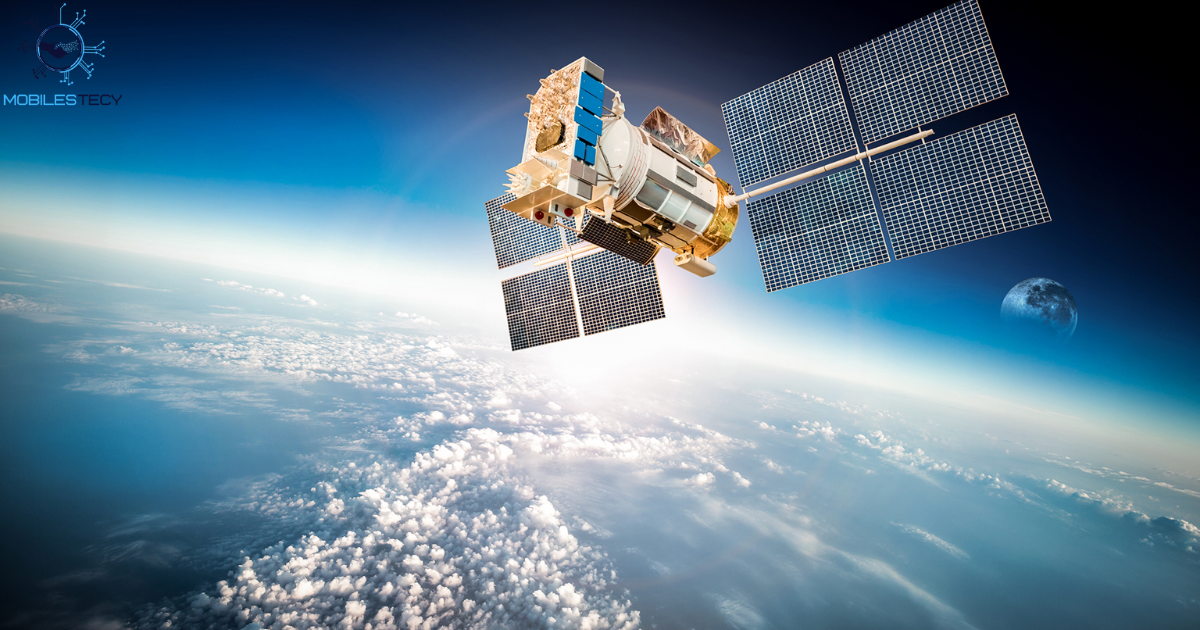Mobile satellite technologies have revolutionized global communication by enabling connectivity everywhere. These systems provide communication services beyond the reach of traditional networks. From remote oceans to mountainous regions, they ensure reliable data transmission. Increasingly, mobile satellites support emergency response, navigation, and military operations worldwide. Their role in bridging communication gaps has become indispensable in today’s world.
Satellites orbiting the Earth transmit signals to mobile devices across vast distances. Unlike terrestrial networks, mobile satellite systems serve users on the move. These systems operate using geostationary, medium, and low Earth orbits. Each orbit type offers unique advantages for coverage and latency. Technological advancements continue improving the efficiency and affordability of these systems.
The applications of mobile satellite technologies span maritime, aviation, rural, and disaster zones. They enable real-time communication where cables or cell towers cannot reach. Innovations in satellite constellations are expanding access to high-speed internet globally. Challenges such as cost and signal delay remain but are improving steadily. The future promises even more seamless and widespread mobile satellite connectivity.
Evolution of Mobile Satellite Technologies
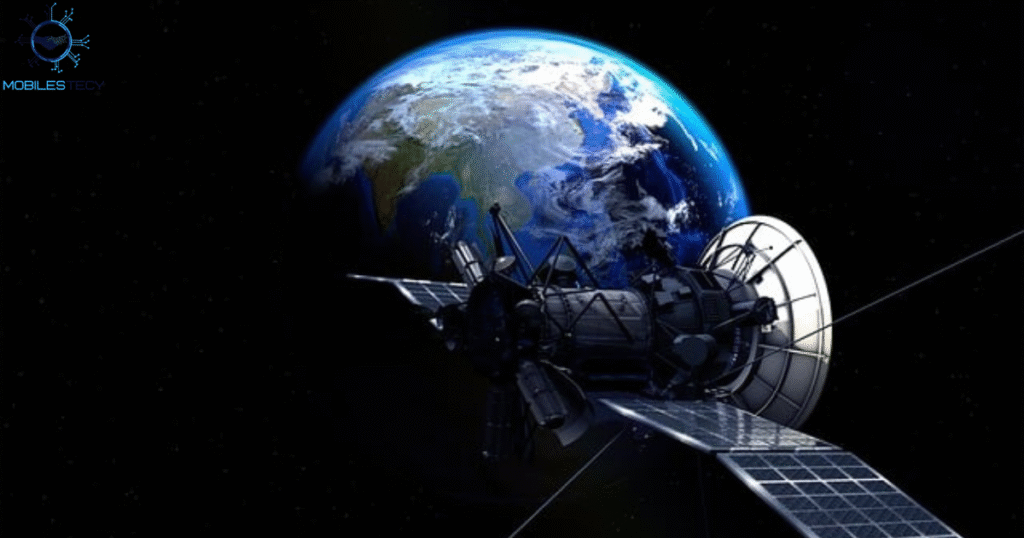
Mobile satellite technology started with large, expensive satellites serving limited users. Early systems mainly supported maritime and military communications across vast oceans. The first commercial satellites launched in the 1980s expanded global connectivity options significantly. Innovations in miniaturization and signal processing gradually made terminals smaller and affordable. These developments enabled mobile users worldwide to access satellite communication easily.
As satellite constellations grew, coverage improved with different orbit types introduced. Geostationary satellites provide stable coverage but have higher signal latency challenges. Low Earth orbit satellites reduce delay but require complex tracking systems. Medium Earth orbit satellites offer a balanced trade-off between coverage and latency. Each generation of satellites brought new possibilities for mobile communication applications.
Advancements in technology have enabled real-time voice, data, and multimedia services. The rise of mega-constellations in recent years is transforming global satellite networks. Companies now focus on offering affordable broadband to rural and underserved populations. Enhanced onboard processing and AI improve satellite communication efficiency and security. The evolution continues, promising even greater reach and reliability in the future.
- Mobile satellite technologies enable communication in remote areas lacking terrestrial networks.
- They support maritime navigation by providing reliable GPS and weather data worldwide.
- Low Earth orbit satellites reduce signal latency, improving real-time communication quality.
Geostationary Satellite Systems
Geostationary satellites orbit the Earth at a fixed position above equator. They provide continuous coverage over large geographic areas for communication needs. These satellites are essential for broadcasting, weather monitoring, and maritime communications globally. However, they experience higher latency due to their great distance from Earth.
Their stable position simplifies antenna tracking for stationary or slow-moving users. GEO satellites cover approximately one-third of the Earth’s surface each. Despite latency, their broad coverage remains valuable for many applications. They form the backbone for services like Inmarsat and Thuraya networks.
Uses and Importance of Mobile Satellite Technologies
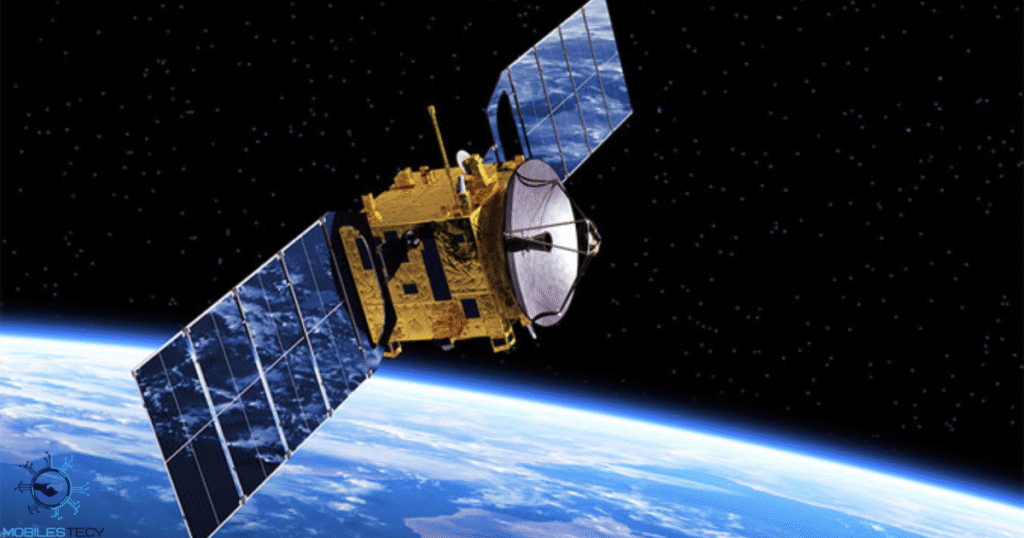
During natural disasters or large-scale emergencies, satellite communication becomes a lifeline. When ground-based networks are damaged or unavailable, satellites support rescue coordination, logistics, and relief operations. Emergency teams rely on these systems for efficient communication during earthquakes, hurricanes, floods, and wildfires. Military operations also leverage satellite technology for secure, real-time communication and reconnaissance across all environments.
Low Earth Orbit Satellite Networks
Low Earth Orbit (LEO) satellites operate much closer to the planet’s surface than traditional geostationary systems. This proximity minimizes signal delay (latency) and enables high-speed data transfer, making them ideal for mobile broadband applications.
Building and maintaining LEO constellations present both technical and financial challenges. Managing seamless handovers between rapidly moving satellites demands advanced tracking, automation, and network coordination. Despite these complexities, the technology offers a revolutionary step forward in universal connectivity.
Emergency and Disaster Response Applications
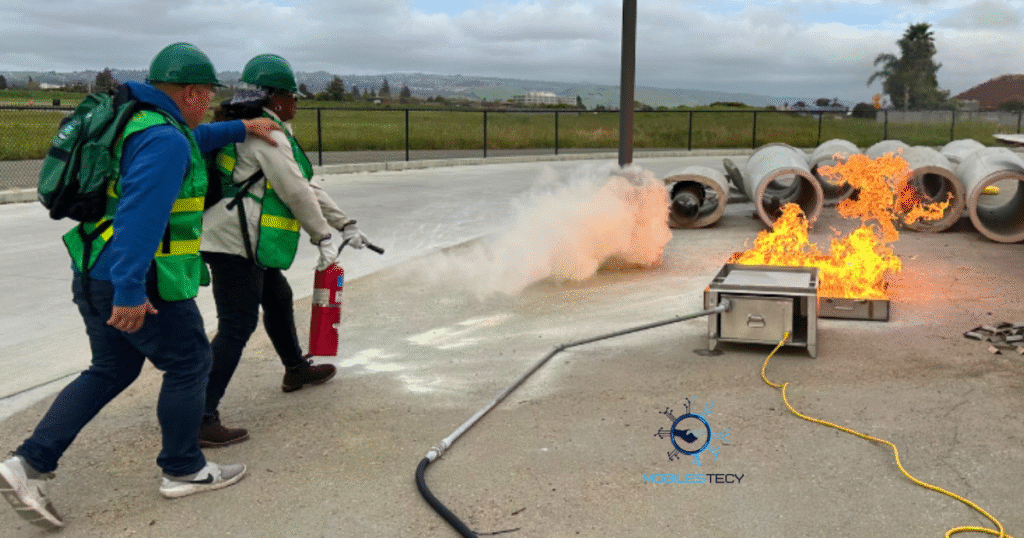
Satellite communications are crucial during natural disasters when terrestrial networks fail. They provide reliable communication channels for first responders and aid organizations. MST enables coordination, resource management, and information sharing in crisis situations. These systems help save lives by ensuring continuous connectivity when it matters most.
In addition to voice communication, satellites support data transfer and video streaming. Real-time situational awareness is improved through satellite-enabled mapping and remote sensing. Portable satellite terminals allow responders to establish networks quickly on-site. This application underscores the humanitarian importance of mobile satellite technologies.
Challenges and Future Prospects
Cost remains a significant challenge for launching and operating satellite systems globally. Building, launching, and maintaining large satellite constellations require huge financial investments. Additionally, users need affordable terminals compatible with various satellite networks. Spectrum allocation and international regulatory coordination complicate global satellite operations. Governments and industry must collaborate to overcome these regulatory barriers effectively.
Latency and bandwidth limitations continue to affect user experience in some satellite systems. Geostationary satellites suffer from signal delay affecting time-sensitive applications. Low Earth orbit systems reduce latency but face challenges in handoff between satellites. Managing network congestion and ensuring quality of service remain ongoing technical concerns. Advances in technology aim to minimize these issues for smoother communication.
The future of mobile satellite technologies looks promising with many innovations underway. Mega-constellations will offer higher bandwidth and lower latency to more users. Integration with 5G and future 6G terrestrial networks will create hybrid communication systems. AI and onboard processing will enhance satellite efficiency and reduce operational costs. These advancements will extend global connectivity to new levels never before imagined.
- Geostationary satellites offer wide coverage but suffer from higher transmission delays.
- Satellite phones are essential tools during natural disasters and emergency situations.
- Mega-constellations like Starlink aim to deliver affordable broadband to rural communities.
Integration with Terrestrial Networks
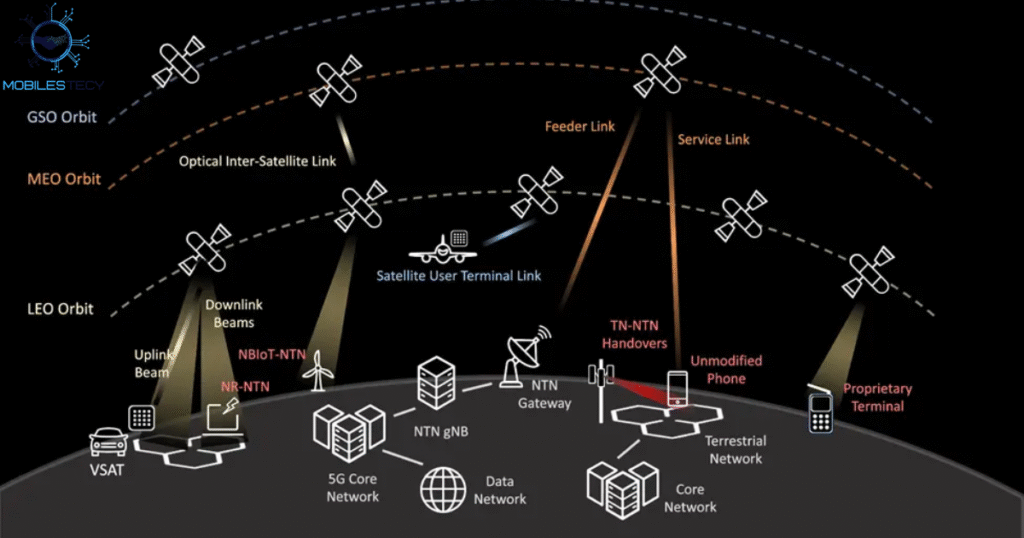
Mobile satellite technologies are increasingly integrated with 5G and future 6G systems. Satellites and terrestrial networks combine for wide coverage. This integration enhances connectivity in rural, remote, and underserved areas worldwide. Seamless handoffs between satellite and cellular networks improve user experience significantly.
Such convergence requires advanced network coordination, protocol standardization, and hardware compatibility. It also enables new services like IoT connectivity across broad geographic regions. As technology evolves, satellites will complement terrestrial networks for global coverage. This synergy promises to transform how people connect everywhere on Earth.
- Military operations depend on mobile satellites for secure and uninterrupted global communication.
- Integration of satellites with 5G networks enhances connectivity in underserved regions.
- High costs of satellite deployment and terminals remain a major industry challenge.
- Advanced AI onboard satellites improves data processing and network efficiency drastically.
- Future innovations promise seamless, worldwide mobile connectivity through hybrid satellite systems.
Faq’s
What is mobile satellite technology used for worldwide?
It provides communication services in remote areas without terrestrial network coverage.
How do low Earth orbit satellites differ from geostationary ones?
LEO satellites orbit closer, reducing latency, while GEO satellites offer wider coverage.
Why are mobile satellite systems important during disasters?
They maintain communication when ground networks fail, aiding emergency responders effectively.
What challenges do mobile satellite technologies currently face?
High costs, latency issues, and regulatory hurdles limit widespread adoption globally.
How will future satellite technologies improve connectivity?
Integration with 5G and AI will enhance speed, coverage, and network efficiency.
Conclusion
Mobile satellite technologies have revolutionized global communication beyond traditional boundaries. They connect remote, maritime, and disaster areas where terrestrial networks fail. These systems continue evolving rapidly, improving speed, reliability, and affordability worldwide. Their importance spans commercial, military, and humanitarian applications, benefiting millions globally. As technology advances, mobile satellites will become even more essential infrastructure.
Challenges like high costs, latency, and regulatory issues still affect widespread adoption. However, ongoing innovations in satellite constellations and AI are addressing these problems. Integration with terrestrial 5G networks promises seamless, global connectivity for all users. Continued investment and collaboration among governments and industries remain vital for success. The future holds exciting possibilities for truly universal communication access.
Mobile satellite technologies help bridge the digital divide in underserved communities. They enable real-time communication for industries, emergency responders, and everyday users alike. With expanding mega-constellations, satellite broadband will reach rural and remote regions. Enhanced onboard processing and hybrid networks will improve efficiency and coverage. Ultimately, mobile satellites will connect the world like never before.
Read more latest Articles on Mobilestecy.com

